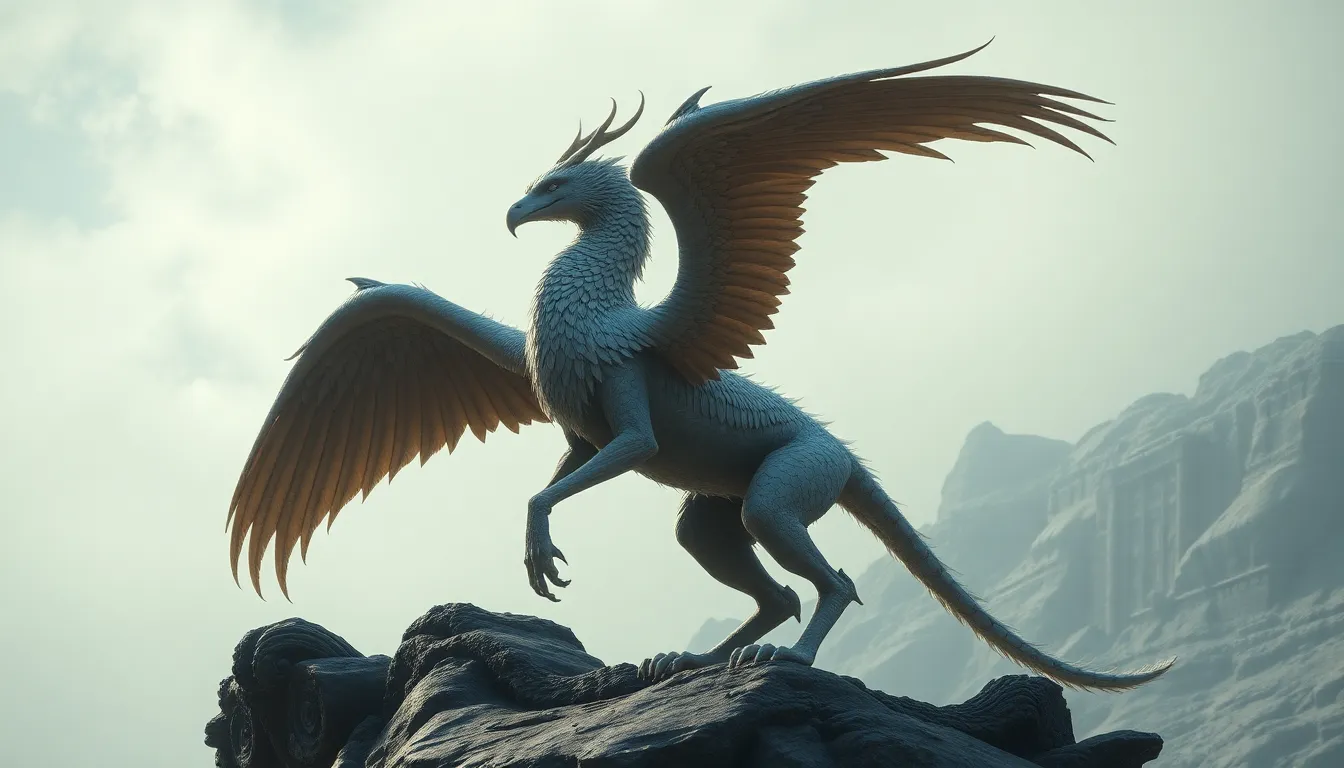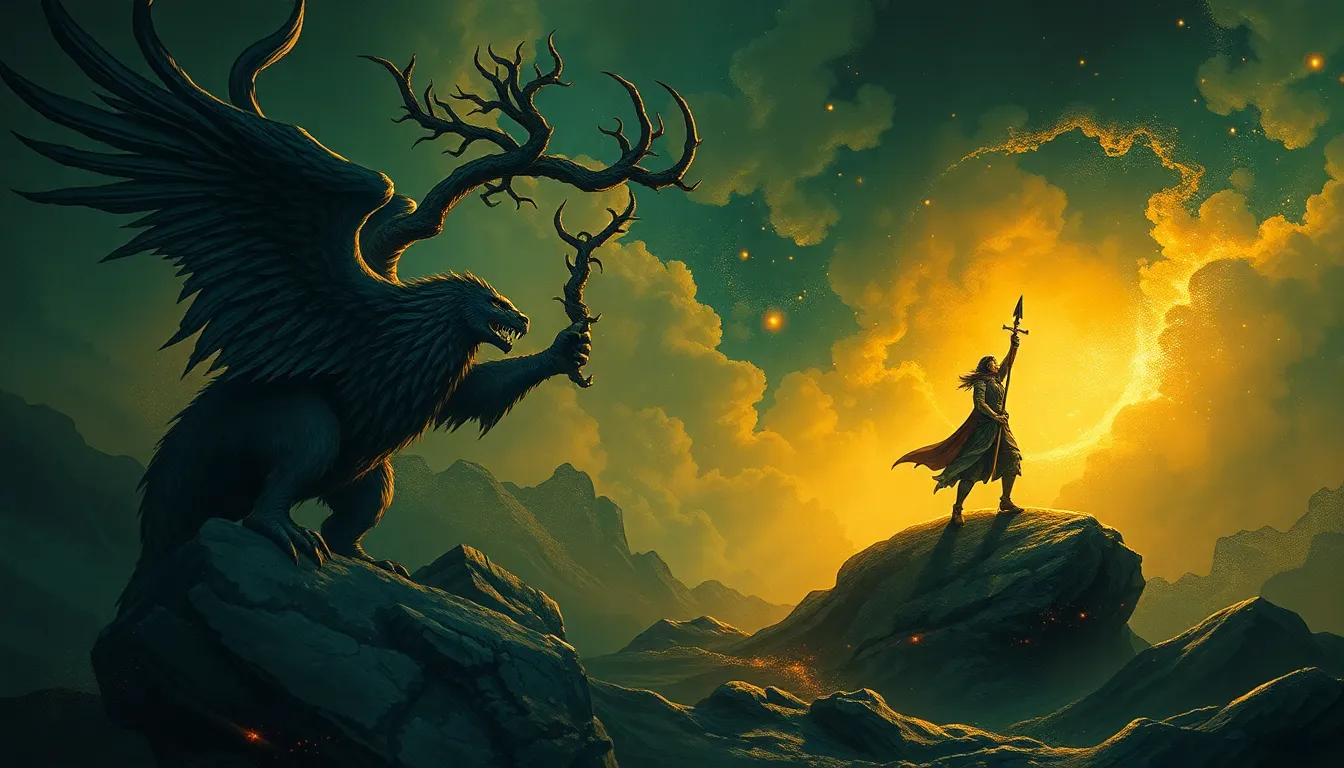The Cycle of Change: How Myths Embrace Transformations
I. Introduction
Myths have been a fundamental part of human culture throughout history. They serve as narratives that explain the world around us, providing insights into the values, beliefs, and experiences of different societies. Myths are not merely tales of gods and heroes; they are reflections of our collective psyche and a means of understanding the human condition.
Change and transformation are intrinsic to human experience. From personal growth to societal evolution, change is a constant that shapes our lives. This article explores the relationship between myths and the cyclical nature of change, examining how these ancient stories embrace transformation and provide guidance through life’s inevitable transitions.
II. Understanding Myths: More Than Just Stories
Myths hold significant cultural weight, serving as vessels for shared beliefs and values. They help us navigate complex moral landscapes and understand our place in the universe.
- Cultural Significance: Myths provide a framework for understanding the world, often addressing fundamental questions about existence, morality, and the nature of reality.
- Types of Myths: There are various types of myths, including:
- Creation Myths: Stories that explain the origins of the world and humanity.
- Hero Myths: Narratives about individuals who embark on journeys of self-discovery and transformation.
- Trickster Myths: Tales that explore the nature of deception and change.
Myths reflect the values and beliefs of the societies from which they originate, revealing much about human nature and the challenges we face.
III. The Nature of Change: A Universal Phenomenon
Change is an inevitable part of life, both in nature and within ourselves. It can be unsettling, yet it also presents opportunities for growth and renewal.
- Inevitability of Change: From the changing seasons to the aging process, change is a universal phenomenon that affects all living beings.
- Psychological Perspectives: Psychology offers insights into how individuals adapt to change, emphasizing resilience and the capacity for personal growth.
- Historical Examples: Throughout history, humanity has experienced transformational periods, such as the Renaissance or the Industrial Revolution, which reshaped society and culture.
IV. The Myth of the Hero’s Journey: A Template for Transformation
Joseph Campbell’s concept of the Hero’s Journey serves as a powerful template for understanding personal transformation. This narrative structure outlines a hero’s adventure from the ordinary world to a realm of challenges and back, emerging changed and enlightened.
- Stages of the Journey: The Hero’s Journey typically includes the following stages:
- The Call to Adventure
- The Crossing of the Threshold
- The Road of Trials
- The Return Home
- Case Studies: Various cultures illustrate this journey:
- Greek Mythology: The story of Odysseus in “The Odyssey.”
- Native American Myths: The transformative journeys of spirit quests.
- Modern Cinema: Films like “Star Wars” and “The Lion King” echo this structure.
V. Archetypes in Myths: Symbolism of Change
Archetypes are recurring symbols or motifs in myths that represent fundamental human experiences. They can guide both personal and societal transformations.
- Key Archetypes: Some archetypes that embody change include:
- The Trickster: Represents change through chaos and disruption.
- The Mentor: Guides the hero through transformative experiences.
- Archetypal Narratives: Many myths feature archetypal characters that facilitate understanding of personal and societal change.
VI. Myths of Renewal and Rebirth: Cycles of Life
Myths centered around renewal and rebirth are prevalent in many cultures, illustrating the cycles of life and the potential for transformation.
- Exploration of Myths: Examples include:
- The Phoenix, symbolizing resurrection and renewal.
- Persephone’s journey, representing the seasonal cycle of life and death.
- Symbolism of Seasons: Many cultures have myths that reflect the changing seasons, emphasizing the importance of renewal.
- Coping with Change: Renewal myths help individuals and societies cope with change, providing hope and a sense of continuity.
VII. Transformation Through Conflict: Myths and Struggle
Conflict is often portrayed in myths as a catalyst for change. These narratives illustrate how struggle can lead to personal and societal transformation.
- Conflict as Catalyst: Myths often depict characters facing significant challenges that force them to evolve.
- Examples from Mythology:
- Prometheus, who defied the gods to bring fire to humanity, symbolizes the struggle for knowledge and progress.
- Role of Adversity: Adversity is shown to be essential for growth, both personally and in the broader context of society.
VIII. Modern Interpretations of Myth and Change
Ancient myths continue to resonate in contemporary society, often reinterpreted through modern storytelling mediums.
- Relevance Today: Myths address timeless themes of change and transformation that are still relevant in today’s world.
- Modern Storytelling: Films, books, and other media often reinterpret mythic themes, weaving them into narratives that reflect contemporary issues.
- Influence of Technology: Technology and globalization have created new platforms for myth-making, allowing for the evolution of traditional narratives.
IX. The Psychological Impact of Myths on Personal Transformation
Myths have a profound psychological impact on individuals, often serving as tools for personal transformation. They provide frameworks for understanding our experiences and navigating change.
- Myth as Psychological Tool: Engaging with myths can help individuals confront their challenges and inspire personal growth.
- Collective Unconscious: Carl Jung’s concept emphasizes how archetypal narratives resonate within us, influencing our behaviors and thoughts.
- Empowerment through Myth: By identifying with mythic figures, individuals can find strength and guidance in their own journeys of transformation.
X. Conclusion
The relationship between myths and change is intricate and profound. Myths offer insights into the cyclical nature of transformation, providing narratives that help us understand and embrace the changes we encounter in life. As we continue to navigate the complexities of existence, these ancient stories remain relevant, guiding us through our personal journeys of growth and renewal.




